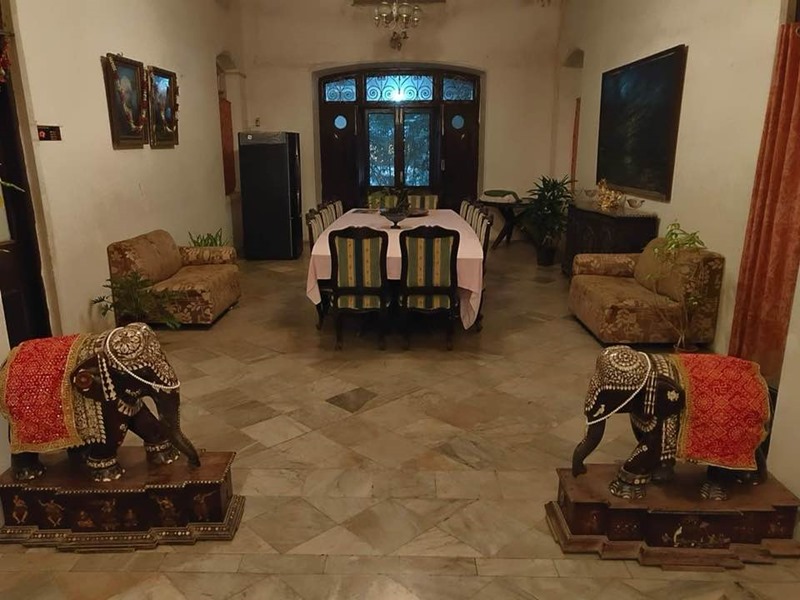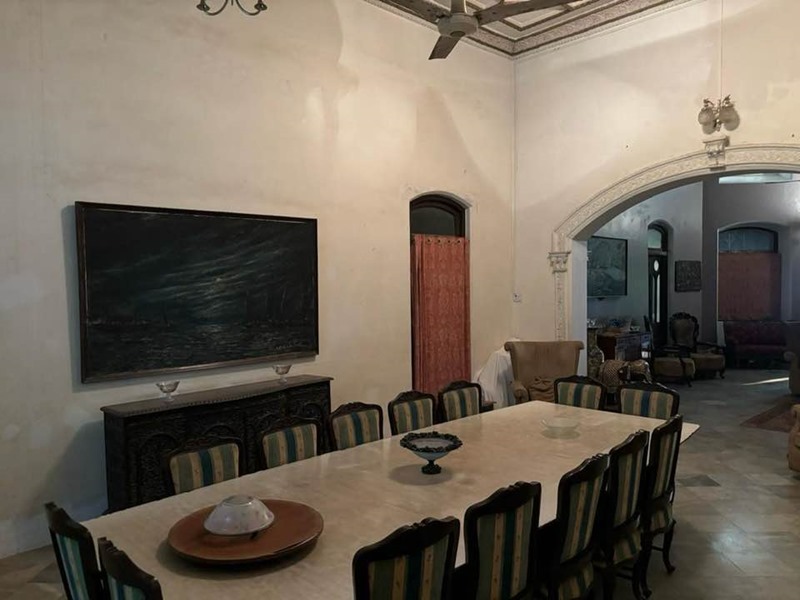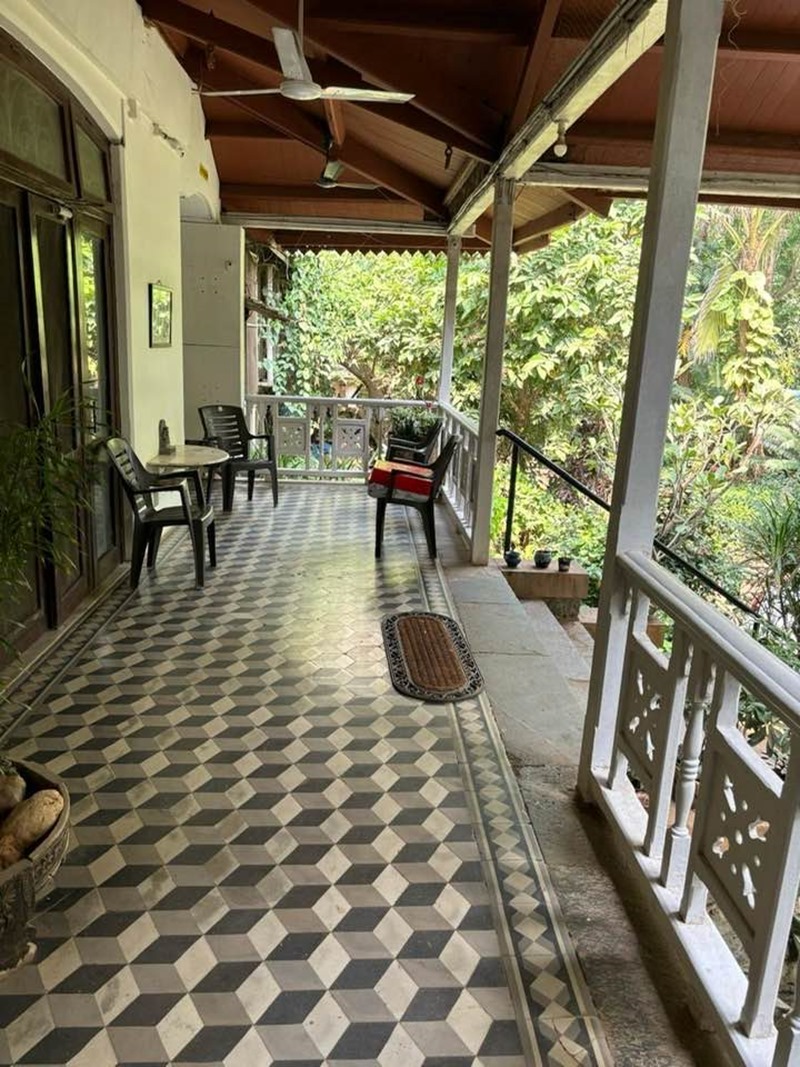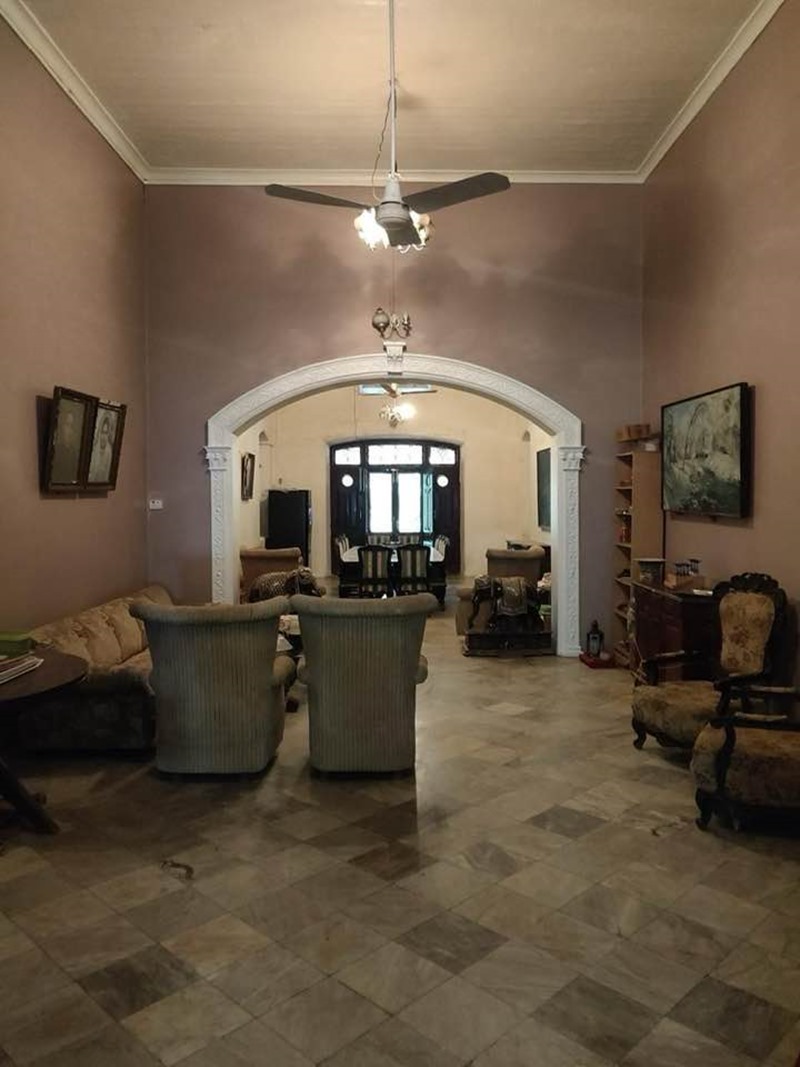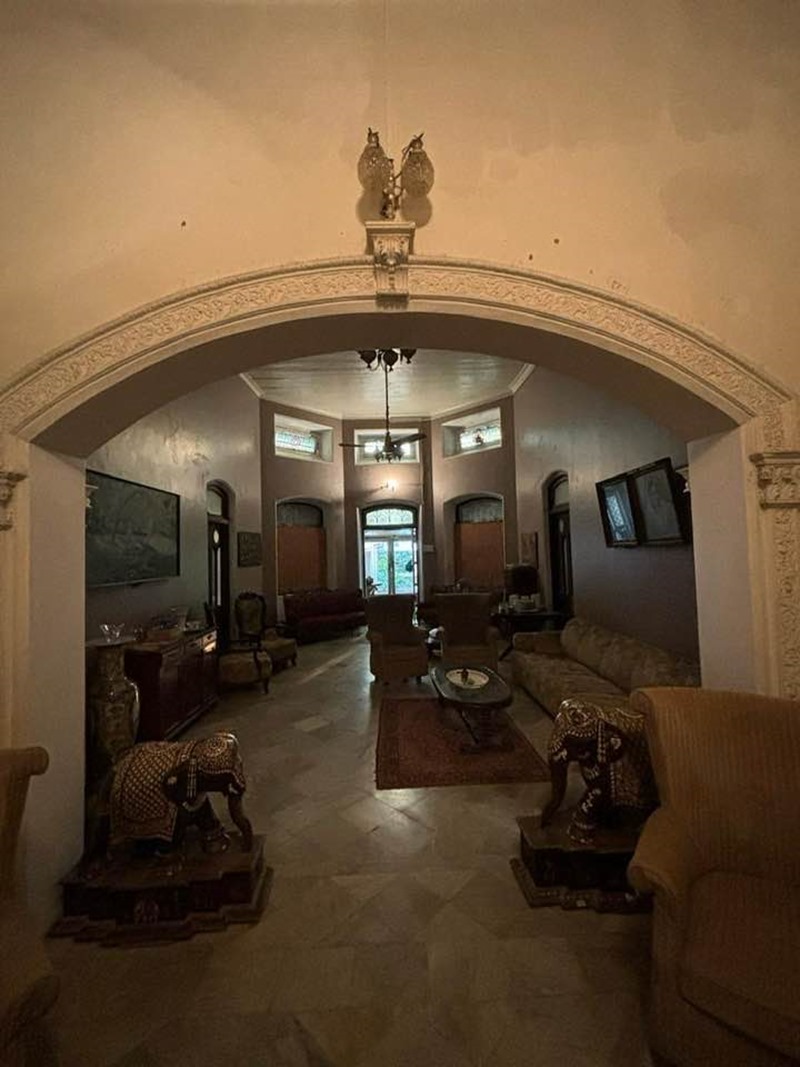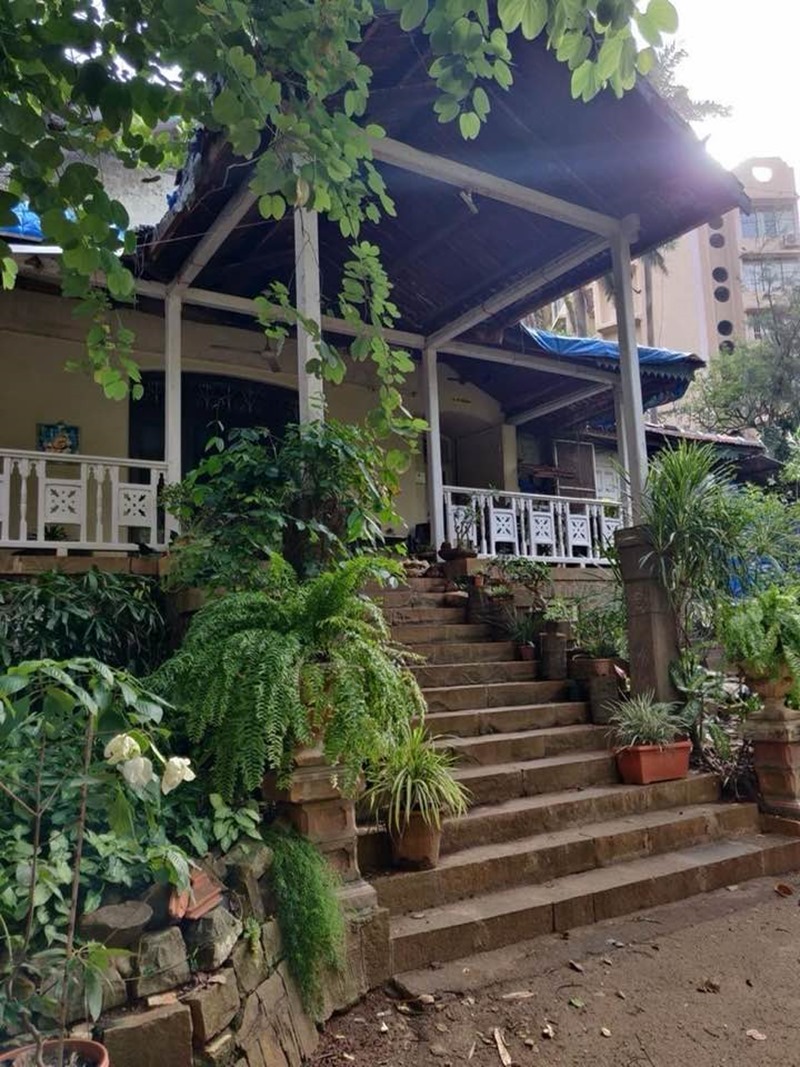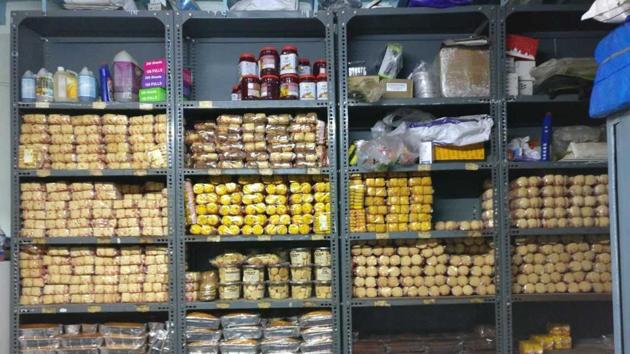A chapter of Mumbai's history ends, one of the last Seven Bungalows pulled down. Rattan Kunj, a 124-year-old bungalow near
[BMC CHIEF ASKED TO VACAT😅E BY E.C.]
Rattan Kunj–Talati Bungalow: One of last century-old seafront Seven Bungalows faces demolition
Natasha Patel writes….
Throughout my life, I have spent countless man-hours explaining my building’s name to people – Talati Terrace. In a pool of new age, greek-god inspired Bombay building names and old school ones like Laxmi Niwas, Talati Terrace has always stood out like a sore thumb, an oddity—like most old Parsi things!
So there are two usual SOPs to try and explain the name to someone. First, there is my preferred approach of enunciating every syllable and breaking it down until I am shouting at the delivery man. Second is my mother’s way of giving an etymology lesson over the phone! Countless “aree bhaiya tumko samjhta hai, gaon ka Talati hota hai na, waise hamara building ka naam hai!” On most days, nothing works, and we leave it to fate for Raju from Swiggy to find our home!
As a child, I always wondered if I could get a pin code change and just live at Jackson Heights in Bandra instead, or even better, a moneyed Parsi house in South Bombay! Alas, I was stuck with Saat Bungla and Talati Terrace. But as I grew older on a steady diet of my grandpa’s stories and tales of how this all came to be, I could trace the connections of nearly 100 years of history steeped in the land that I get to call home.
I always thought I had more time, more time to document all that he told me, but little did I realise that someday my tomorrow wouldn’t be his and the city would fast change, with its rapacious appetite for tearing down all things worth preserving. Today, as I see my great-grandfather’s name in print, I couldn’t be more proud to be the custodian of a legacy of more than 110 years. The memories, the histories, and the lives of those who lived before me are etched in the walls of this beautiful bungalow that might fall now. While these words may not help to save it, I believe that we owe it to those who came before us to tell their stories. So, for the sake of history, i’ll gladly continue to explain the name of my building a thousand times over.
Disclaimer: Rattan Kunj, formerly known as Talati Bungalow and once owned by my family, is now co-owned by the Barars. They are striving to preserve it and prevent its demolition. So grateful to TOI’s Nauzer Bharucha for taking the time to cover this story.
One of last century-old, seafront Seven Bungalows faces demolition
Article by Nauzer Bharucha | TNN
MUMBAI: In a pristine corner of Versova, a private gate opens to a long, narrow dirt track leading to a bungalow close to the shore. The solid Burma teak roof looks ramshackle, but inside, there are 20 rooms with high ceilings, a majestic hall with stained glass work, and Italian Carrara marble flooring. Outside, there are two wells, one of which bears the insignia tile engraved with “1900 AD”, when the bungalow and the wells were constructed.
Once known as Talati Bungalow (named after the Parsi family of Sorabji Talati that once owned it), it is one of the remaining last two of the original Seven Bungalows (Saat Bungla) in Versova.
Now, this slice of Mumbai’s history may disappear soon. BMC issued a notice on Feb 29 to the owners of the property (renamed Rattan Kunj) to vacate and pull down the structure. The K-West ward office’s notice said the structure is in a “ruinous state” and “likely to fall”. The notice was based on the findings of BMC’s technical advisory committee (TAC), which ascertains if structures are dilapidated and beyond repair.
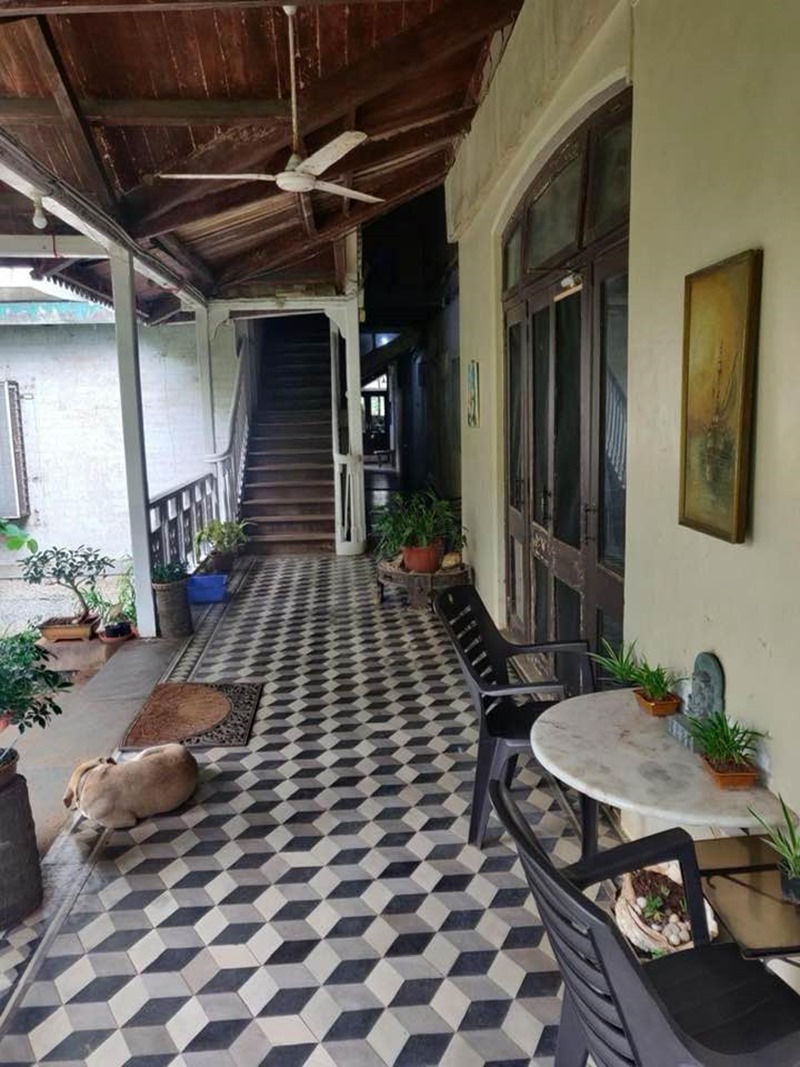 On a recent Sunday morning, Shaloo Rahul Barar and her two sons, co-owners of the over one-acre property kissing the Versova coast, alleged that there was a conspiracy to evict them. “We know that an Andheri builder wants to redevelop the land and throw us out by getting the bungalow declared ‘dilapidated’,” she said.
On a recent Sunday morning, Shaloo Rahul Barar and her two sons, co-owners of the over one-acre property kissing the Versova coast, alleged that there was a conspiracy to evict them. “We know that an Andheri builder wants to redevelop the land and throw us out by getting the bungalow declared ‘dilapidated’,” she said.
“Rattan Kunj was issued a structural audit notice for the first time in 124 years, when the co-owners were being tapped by a developer. In our report, it passed the tests, with minor repairs being required, which were met,” she said. The Barars are the only ones holding out as the other co-owners have moved out. “Strong and sturdy structures are made unfit through such audit reports,” said Barar, who acknowledged a dispute between her and the other section of the family, which has a stake in the property.
Jayesh Raut, sub engineer from the K-West office, said the co-owners submitted two separate audit reports, which were contradictory. “These reports were forwarded to the TAC, which visited the property and concluded that the structure falls under the C-1 category (dangerous to occupy),” he said. Barar alleged that the TAC report was never shown to her despite asking for it.
Last Dec, MLAs had in the assembly raised the issue of how strong structures were being wrongly declared dilapidated. They said the TAC should have independent members to evaluate the condition of such buildings.
A recent report by Indian National Trust for Art and Cultural Heritage (Intach) had said Rattan Kunj is structurally stable, “although repairs are required to maintain the integrity of some of the architectural elements”. “There are some minor cracks seen in the external walls of the building, and components such as chhajjas, Mangalore tiles and eave boards are missing in some parts. An appropriate conservation plan is required to protect the building from further deterioration,” it said.
The bungalow was built along with Kaikei Villa, Rus Cottage, Jasbir Villa, Gulistaan, Vijay Bhawan and Shanti Niwas after the plague hit the city in 1896. “…the original owners were Maharaja of Gwalior, Maharaja of Kutch, Dadabhai Naoroji, scholar Rustom Masani, Sorabji Talati, the Chinais and Khambattas,” said the Intach report.
Conservation architect Vikas Dilawari said, “Mumbai’s suburbs have a history that is relatively less known and often neglected. Very little of it survives due to tremendous redevelopment pressure as such structures were missed in the initial heritage listing. The seven or four bungalows in Andheri are living pages of history. Very few survive.”
Previous Article

The round seven bungalows garden-named 'DN garden' in memory of Dadabhoy Nawroji's bungalow which was near, can be seen as a round lake-
the present day 'nana nani' park(which was built later in 1990's) was a long line of coconut trees (seen as 3 lines of coconut trees) in front of the bungalows.
The huts near the lake (now -7 BUNGALOW/(DNgarden) were occupied by East Indian Christians,many of whom are still staying in same place but in high rise buildings
salt pans(to the right) and tidal area were covered by high tide ,upto 4 bungalows .(in case of a tidal wave or tsunami in the future it may be covered by water again,because it is below sea level)
The two isolated huts seen in front of the lake near the salt pan were later in 1980 bought by Raheja builders and made into spring leaf society
Next Article

.
[1]Kaikei Villa,
the second was Talati Bunglows,followed by
[3]Rus Cottage,then came
[4]Jasbir Villa - followed by
[5]Gulistaan,
[6]Vijay Bhawan,
[7]Shanti Nivas(Where Naze -neen bakery is) this bungalow still survives -ready for corrupt officers and contractors to destroy it
Mumbaiwale: The seventh bungalow still stands
Versova’s original villas have been razed for high rises. But one, now a bakery, keeps old-timers happy and old customers returning
Our story begins two weeks ago. I was checking out a book at my library when the librarian, Bharti Banerjee, asked if I’d like to visit her local bakery. “It’s in Versova,” she said. “I suspect it’s the last standing bungalow in Seven Bungalows.”
We headed there last week. What we found takes our story back not two weeks but 122 years. Versova’s Seven Bungalows neighbourhood did indeed have seven villas, all built around the same time, for the same reason.
Towards the end of 1896, when the island of Bombay was hit by the plague, several neighborhoods around today’s Fort area were razed and reorganised to let in sea breezes. (On the assumption foul air caused the disease; the rat connection was not made until later.) Wealthy city families used this as an opportunity to relocate into newer homes in more peaceful areas. Seven of those families moved to the island of Versova, building a row of homes by the beach, creating a cul-de-sac of coconut trees, sand and calm.
Think of it as an oasis of the elite. The homes belonged to the Maharajas of Gwalior and Kutch, the political leader Dadabhai Naoroji who helped found the Indian National Congress, and prominent merchants and businessmen.
Most homes went through rounds of expansion, rebuilding and resale over the next few decades. They’ve housed film stars (Geeta Bali and her niece Yogeeta Bali, Rajendranath), scholars (Sir Rustom Masani, the first Indian national to serve as Municipal Commissioner of Bombay) and textile dealers. One bungalow, Dariya Mahal, was rebuilt in 1930 by the British architect Claude Batley, who also designed Mumbai Central Station, Bombay Gymkhana and Breach Candy Hospital. It was almost the home of another film star. Priyanka Chopra reportedly tried to buy it a few years ago.
By the 1970s, however, Versova’s bungalows starting getting pulled down to make room for apartment buildings. Out went the tree-line courtyards, porches and driveways. The first flats sold for a mere ₹20,000 for a two-bedroom spread. The last of the originals, Shanti Niwas, still stands. The home of the Irani family since 1898, it’s been sublet to the Peswani family which runs the Nazneen Bakery, named after the daughter of the owner Perin.
“Business is good, and life is peaceful” says Simon D’Souza, who has been managing the bakery for almost three decades. The 2,000-square foot, ground floor space covers an office, a sales area, and clean ordered areas for packing and storage – their kitchens moved out a decade ago. “Most of our customers are people who’ve been coming for years, people who trust our quality,” he says. “One of our bestsellers is a box of nankhatai biscuits that we do not distribute to other bakeries.”
I tried them. So should you.
There are, of course, occasional visits from builders. “I’ve lost count of how many I’ve met,” D’Souza says. “We tell them we want the same area on the ground floor if the structure is developed. They can’t deal with it and leave.”
Meanwhile, the spirit of Dadabhai Naoroji, who passed away in his bungalow in 1917, lives on. A pretty garden right across from Shanti Niwas bears his name. It’s filled with walkers and people chilling and meditating, looking for the same calm that the original families sought all those years ago.
the lesser known tales
Seven Bungalows and its hidden gems: 44-year-old Nazneen Bakery
There is a certain kind of charm to nondescript-looking bakeries in Mumbai. The limestone-chuna-coated walls are usually crumbling, the floors are either solid uneven stone or have chipped mosaic tiles, and the overall appearance is shabby. But the moment you catch the wafting smell of mawa cakes and buttery biscuits, the spartan ambience is a nonissue. Nazneen Bakery is one such spot; tucked into the ground level of 113 year-old Shanti Niwas in Mumbai’s Seven Bungalows area, the bakery is a landmark location for most local residents.

The bakery gets its name from Nazneen Irani, who is the bungalow’s now septuagenarian owner Perin Irani’s daughter. As old as the bungalow itself, the bakery was owned by the Irani family and then sublet to Srichand Peswani, a Sindhi businessman in 1974. Peswani’s sons Manoj and Gansham now run the bakery that distributes its products to over 40 other stores across the city. The roughly 500 sq feet space is divided into a small square cash counter, a display room lined with colourful tutti frutti biscuits and golden cakes, and a spacious room where all the products are packaged by hand. The smell of freshly baked goods was even more intense when it was all made in this small space, but as demand increased, the making had to be shifted to a proper kitchen space elsewhere.

Most patrons make their way to the bakery post their morning and evening walks at the Nana-Nani Park, which is right opposite to Shanti Niwas. Owners Ghansham and Manoj have fond memories of seeing the original seven bungalows which once flanked the bakery on all sides. “There was a dead end here and no buildings, only bungalows, the original seven bungalows of the time,” says Gansham.

The bakery has stood the test of time as Shanti Niwas is one of the last original bungalows to have survived the onslaught of real estate greed. Although the bungalow is in a state of disrepair and abandon as Irani doesn’t live there anymore, Nazneen bakery continues to thrive.
Exact Location: Nazneen Bakery, 7 Bugalows Road, Versova, Opposite Nana-Nani Park
Must Try: The crumbling goodness of their Coconut Baath Cake.
Other Bestsellers: Nankhatai and Eggless Cakes
Pet Friendly: Yes! Happy doggy Oreo is usually curled up behind the cash counter.

